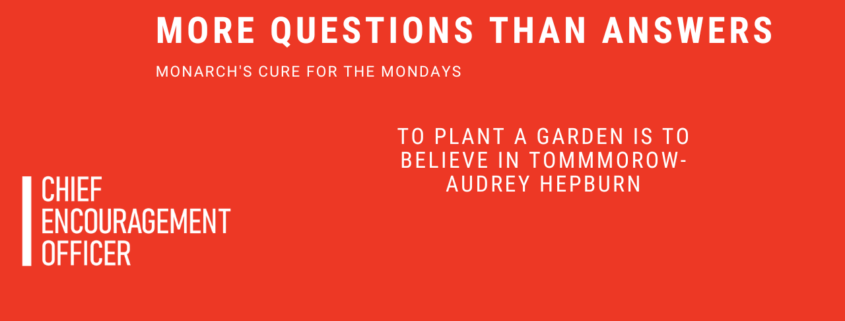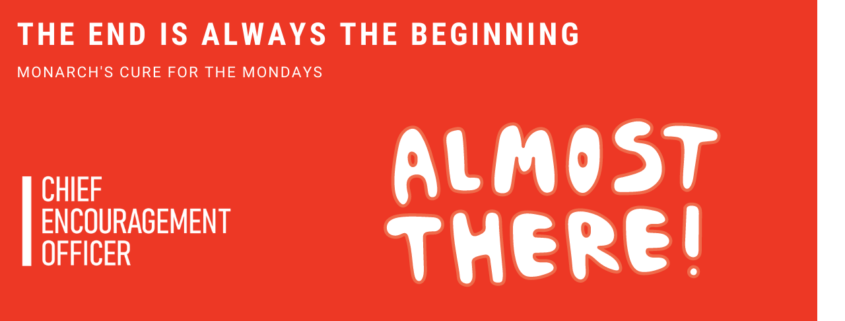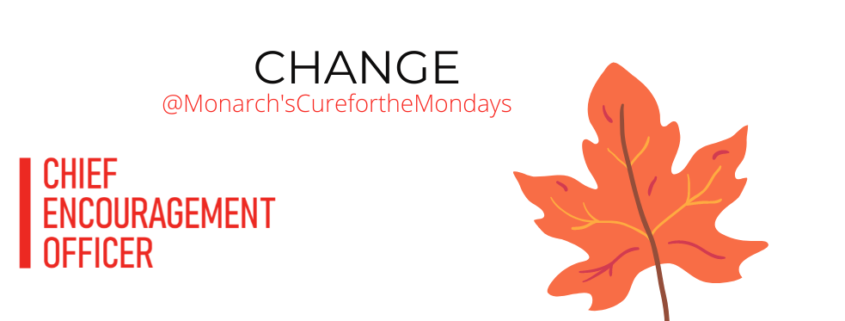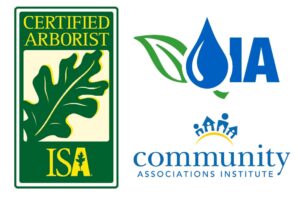MORE QUESTIONS THAN ANSWERS
Our industry is one that encourages growth. Without growth plants die and without opportunity, people move on to something else. In order to meet that demand, commercial landscape companies have grown to incredible levels all around us. Recently, Landscape Management magazine put out their top 150 landscape companies (based on gross receipts). Bright View came in with an astounding $2,346,000,000 and maintained its position as the world’s largest landscape company. Moving down the list you will find that nearly 10% of the top 150 are in California. It should be noted that another 10 companies in SoCal would have made the list if they decided to participate. No doubt the California weather plays a significant role in the growth of these companies. The surge in homebuilding and expansion into inland areas have also created a need for more landscapers. The question is simple- is this the best model moving forward?
In this copy of the Pollen press, Mike Evans gave some interesting insight into where he thinks the industry is going. He believes, and I agree, that people want to reconnect with nature. They want to be involved with the soil and plant life around them. Commercial, aka production landscape, is no doubt different from home gardening. Large landscapes require more labor, “bulletproof” plants, and a process that is repeatable for a large workforce. This is the rub, how are these top 150 commercial landscape providers going to meet the old but refreshed interest in one-to-one plant and people relationships?
I recently commented to a landscaping friend of mine, “being a landscape contractor is about the hardest job in the world right now.” He laughed but agreed. These large companies have become the backbone of our suburban lifestyle all while taking on wage hikes, managing through covid, drought, fires, assembly bills, supply shortages, and an increasingly educated customer base.
Big is not bad and big is not better but it feels as though our industry is having an identity crisis. I recently asked Monarch staff members to remember why they stepped into the green industry. Most responses were the same, I love nature, plants, being outside, and learning new things. It’s easy to move away from our first love over time. We have bills to pay, kids to feed, and thirsty cars to gas up. The danger is that if we continue to move towards top line dollars and away from healthy relationships with our plants and people we will surely fail.
The green industry has an incredible opportunity to care for the environment around us. All while reducing green waste, water, noise, and pollution and enhancing the quality of life. What a cool gig we have. Let’s make sure we remember why we got into this business in the first place!
Get your hands dirty,
Matt Davenport





